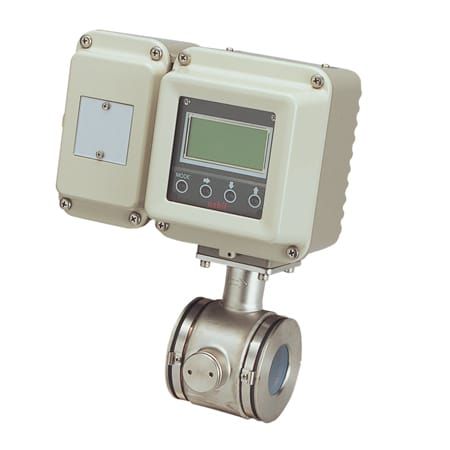Rio Tinto to spend $9.4 billion on Simandou
Rio Tinto held its 2023 investor seminar on December 6, where executives provided updates on the company’s long-term strategy to strengthen operations and continue decarbonisation.
Notably, the major miner announced its initial share of capital expenditure to build blocks 3 and 4 of the Simandou iron ore mine, alongside associated rail and port infrastructure, will cost about $US6.2 billion ($9.4 billion).
“We are continuing to work closely with the Government of Guinea, Chinalco, Baowu and WCS towards full sanction of this world-class project by all partners,” Rio Tinto executive committee lead for Guinea Bold Baatar said.
“Simandou will deliver a significant new source of high-grade iron ore that will strengthen Rio Tinto’s portfolio for the decarbonisation of the steel industry, along with trans-Guinean rail and port infrastructure that can make a significant contribution to the country’s economic development.”
Alongside the major iron ore move, Rio Tinto’s market outlook highlighted how it could capitalise on commodity demands driven by decarbonisation, including its copper equivalent production being expected to increase by four per cent between 2022–35.
To meet the demand, Rio Tinto’s share of capital investment is expected to be about $10 billion per year from 2024–26, including up to $3 billion per year of growth investment.
The largest investment over the next three years is expected to be Rio’s equity share of the Simandou project once it’s approved by the company board.
The remaining investment will focus on other copper and lithium projects, some of which are currently awaiting approvals.
“We strongly believe we are well positioned in an opportunity-rich world,” Rio Tinto chief executive officer Jakob Stausholm said. “There has never been greater demand for what we do, from mining to processing, and the work we are doing today is creating a stronger Rio Tinto for years to come.”
Stausholm praised the company’s progress in achieving and sustaining mid-term annual capacity of 345–360 million tonnes from Rio’s Pilbara iron ore business, including a pre-feasibility study for the Rhodes Ridge project currently underway.
He also highlighted the production ramp up at the Oyu Tolgoi mine in Mongolia, which is expected to deliver an average 500,000 tonnes of copper per year during the 2028–36 period.
“The performance at our Pilbara iron ore and Oyu Tolgoi copper operations shows our path towards becoming (the) best operator, and we are focused on driving continuous improvement across our global portfolio,” he said.
Earlier this week, Rio Tinto and Giampaolo Group signed a deal to form the Matalco recycled aluminium joint venture in Canada.
“We are making real progress in shaping our portfolio for the future, through entering new markets like recycled aluminium in North America, developments in technology and one of the most exciting exploration pipelines we’ve had for many years,” Stausholm said.
“Our purpose and long-term strategy make more sense than ever, as we ensure Rio Tinto remains a strong investment proposition. Profitable growth enables us to invest for the future while also paying attractive returns.”
Like last year, Rio Tinto remains committed to meeting its decarbonisation goal of halving its Scope 1 and 2 emissions by 2030 and to reach net-zero by 2050, and it updated its total capital guidance on decarbonisation to $5–6 billion for the period to 2030, having been about $7.5 billion previously.
“This reflects factors including the use of commercial partnerships outside of capital expenditure, such as renewable power purchase agreements and biofuel contracts, to accelerate decarbonisation, and aligning the timing of investment in the second phase of Pilbara renewable infrastructure to beyond 2030 when it will be needed to support fleet electrification,” the company said.
Source: https://www.australianmining.com.au/rio-tinto-to-spend-9-4-billion-on-simandou/


